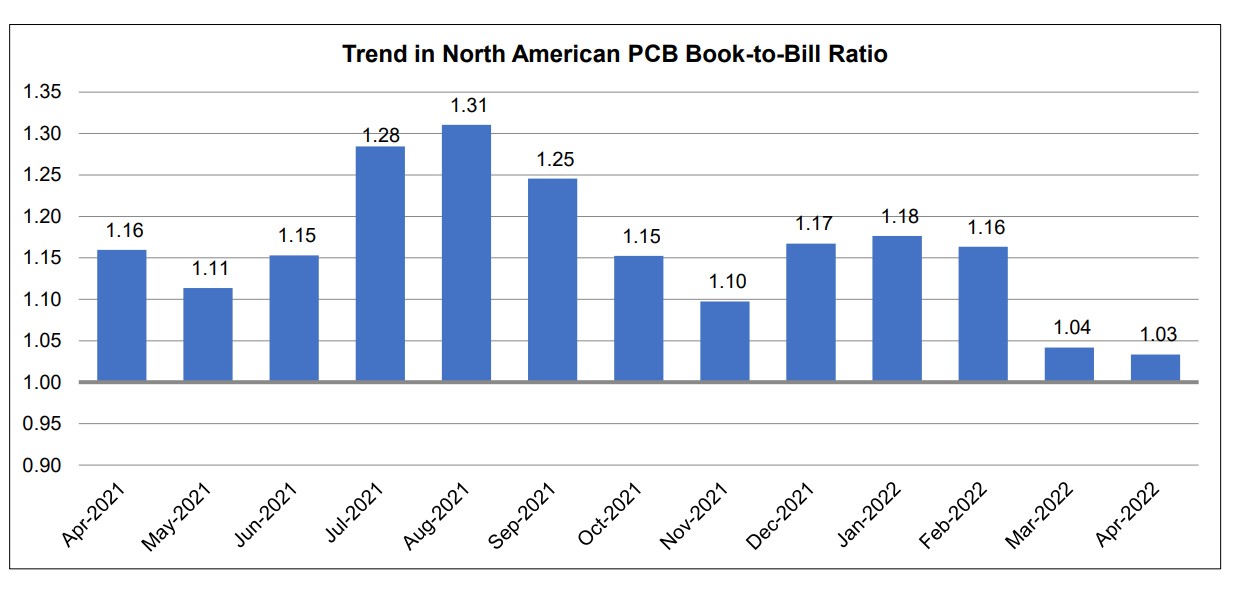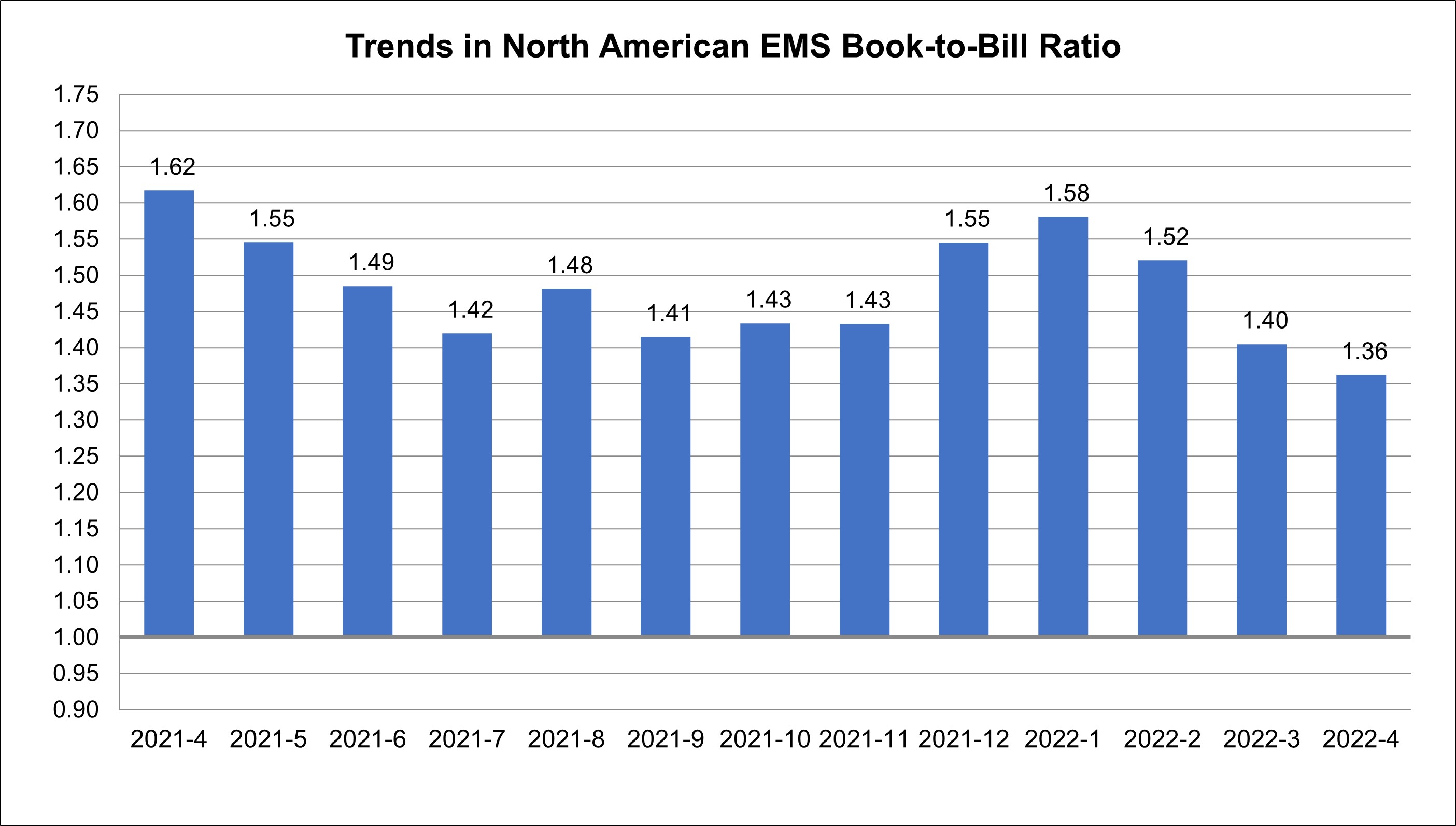Comparing the Reliability Performance of Electroless Palladium and Autocatalytic Gold in Production Environment
The development of nano-scale surface finishes over copper pads such as Electroless Palladium and Autocatalytic Gold (EPAG) has been evolving in the recent years due to ever increasing demands in terms of reliability, component miniaturization and signal transmission.
Scope of this paper is a full investigation of the production reliability of Electroless Palladium and Autocatalytic Gold. As soldering and bonding are both possible with EPAG and of special interest in the microelectronics industry, the solder joint reliability (SJR) and bonding results will be evaluated. Increasing I/O counts have led to ever decreasing cross sectional contact areas or, by default, an increase in solder performance expectations. The evaluation of this high solder joint reliability demand was satisfied by cold ball pull testing and high-speed shear testing (HSS).
To examine EPAG’s bonding abilities, the as-received (ASR) mode, as well as the aged condition at 150°C for 4h, were applied. Also, general storage reliability of the EPAG finish was simulated via ageing for 100 to 1000 h after bonding, assessing EPAG’s bonding performance over a broad process window. EPAG’s gold wire bond performance will be rated against ENEPIG finish. In addition to soldering and bonding, the reliability of a final finish is also reflected in its wetting behavior and adhesion; therefore, solder indicator, dewetting and solder spread testing were performed. Reliability against external, harsh conditions was tested via salt spray testing and compared to other common final finishes.



